Best Time for Foundation Repairs
Foundation repairs are critical for maintaining structural integrity and preventing further damage. Timing can influence the effectiveness and cost of repairs, making it important to choose optimal periods for intervention.
Spring offers moderate temperatures and higher soil moisture, which can facilitate certain repair processes. However, increased moisture may also cause ongoing soil movement.
Summer provides warm, dry conditions ideal for many repair techniques. Extended dry periods help stabilize soil and allow materials to cure properly.
Fall's cooler temperatures and reduced moisture levels can be advantageous. Planning repairs before winter helps prevent frost-related issues.
Winter conditions, especially in colder climates, can complicate foundation repairs due to freezing temperatures and ground frost, which hinder excavation and curing.
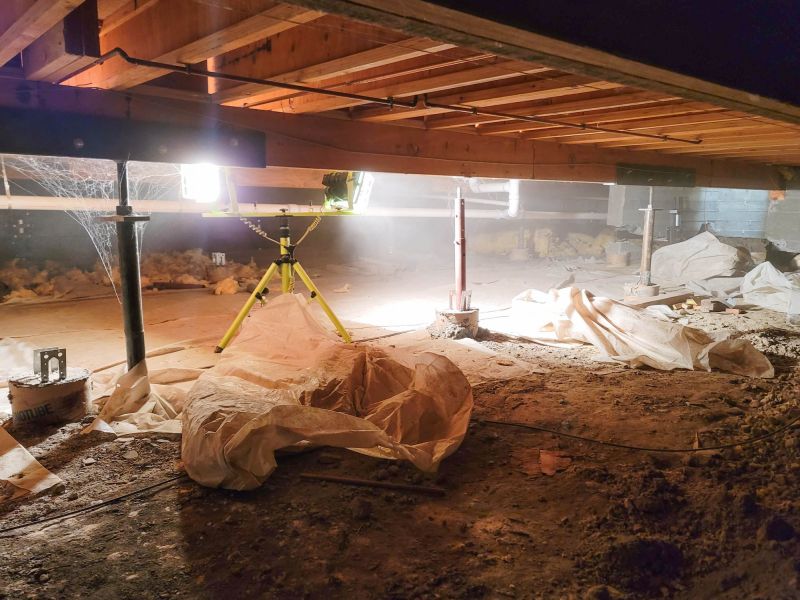
Ways to make Foundation Repairs work in tight or awkward layouts.
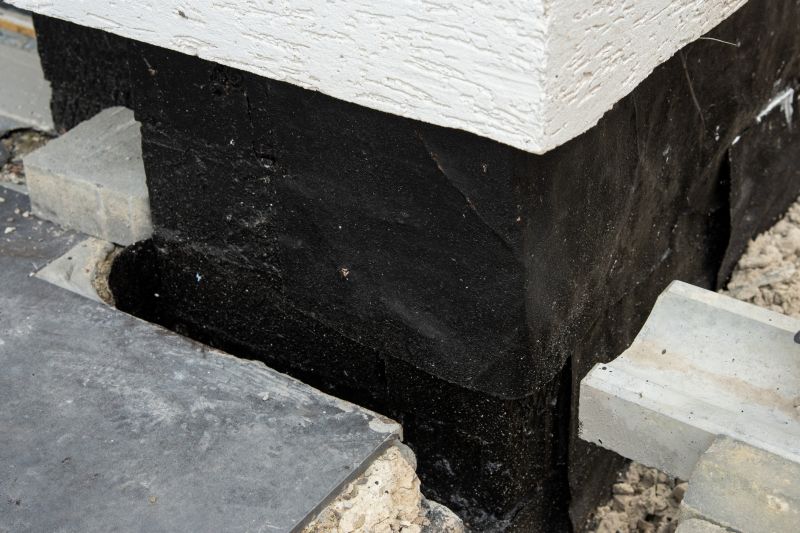
Popular materials for Foundation Repairs and why they hold up over time.

Simple add-ons that improve Foundation Repairs without blowing the budget.
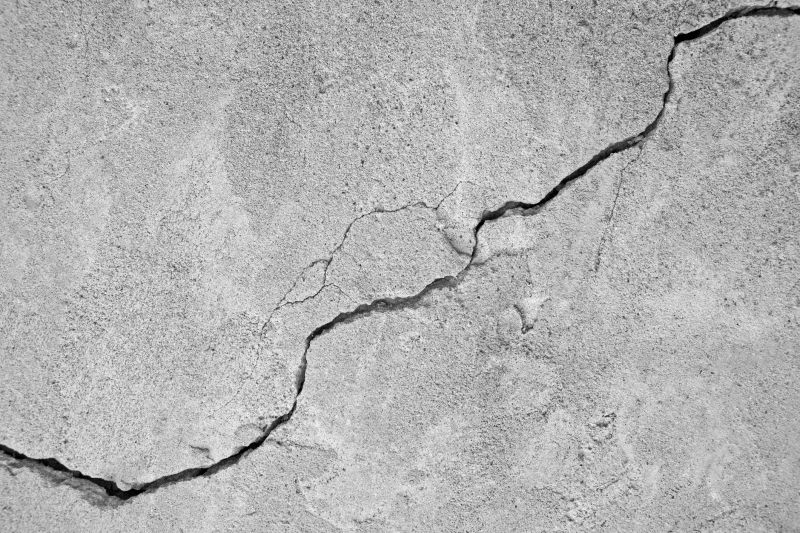
High-end options that actually feel worth it for Foundation Repairs.
| Season | Recommended Timing |
|---|---|
| Spring | Late spring is suitable due to moderate soil moisture and temperatures. |
| Summer | Ideal for dry conditions and warm weather, facilitating curing. |
| Fall | Pre-winter repairs help prevent frost damage. |
| Winter | Generally not recommended due to freezing temperatures and ground frost. |
Foundation repairs address issues such as shifting, cracking, and settling that can compromise a building’s stability. Proper timing ensures that repairs are effective and durable. Soil conditions, weather patterns, and ground moisture levels all influence the success of repair work. For example, repairing during dry, stable soil conditions reduces the risk of future movement and helps materials cure properly. Conversely, attempting repairs during freezing conditions can hinder excavation and compromise the integrity of certain repair methods.
Statistics indicate that addressing foundation issues early can prevent costly structural damage. Regular inspections and timely repairs can extend the lifespan of a building. In regions with variable weather, scheduling repairs during periods of predictable soil stability is essential to achieve optimal results. Proper planning based on seasonal conditions can also reduce project duration and costs.
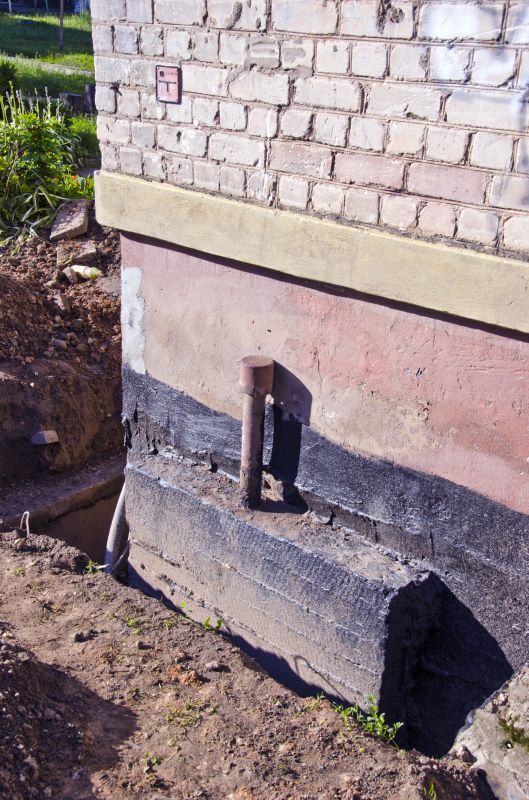
Finishes and colors that play nicely with Foundation Repairs.
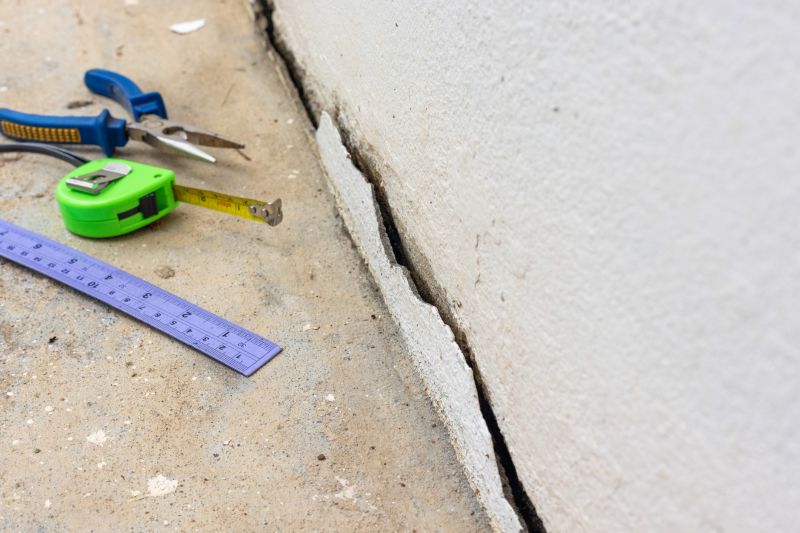
Little measurements that prevent headaches on Foundation Repairs day.
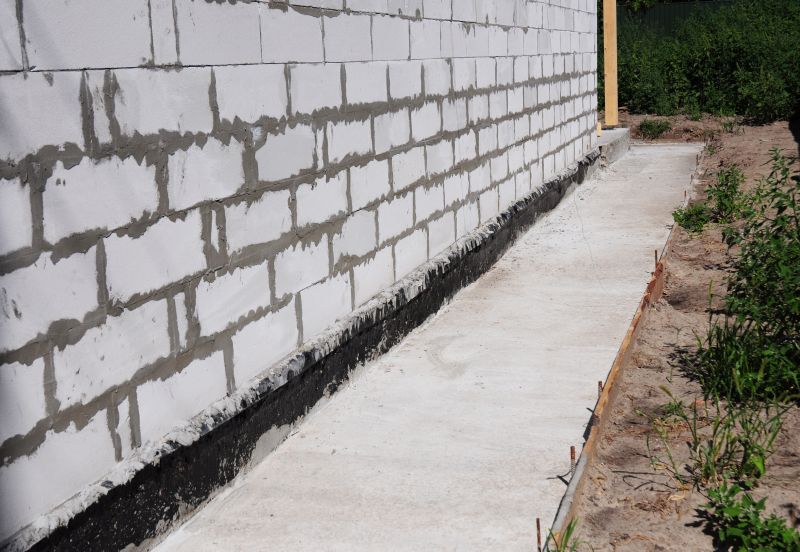
A 60-second routine that keeps Foundation Repairs looking new.
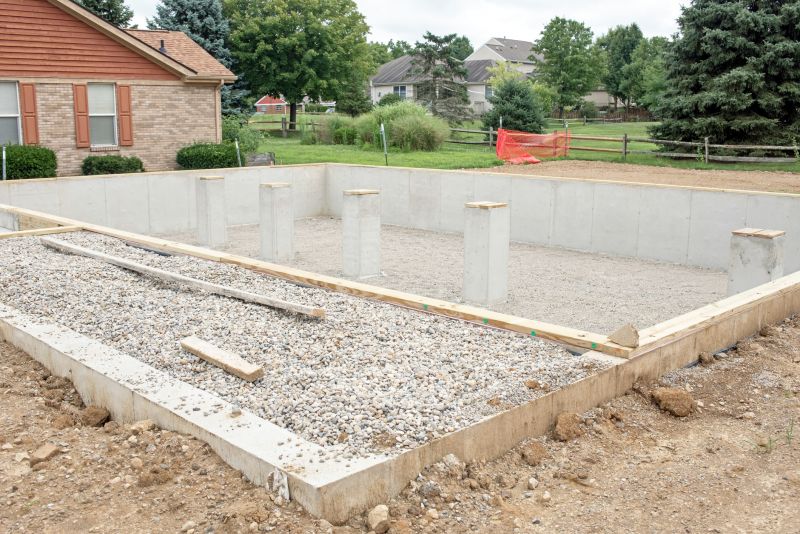
A frequent mistake in Foundation Repairs and how to dodge it.
Interested property owners are encouraged to contact for more information about foundation repair options and scheduling. Proper timing and professional assessment are essential for ensuring long-term stability and safety.

